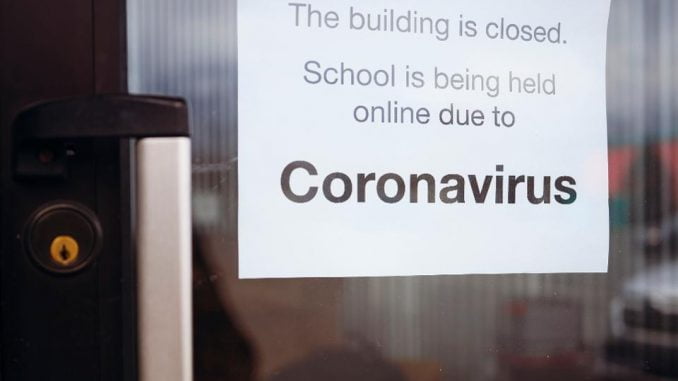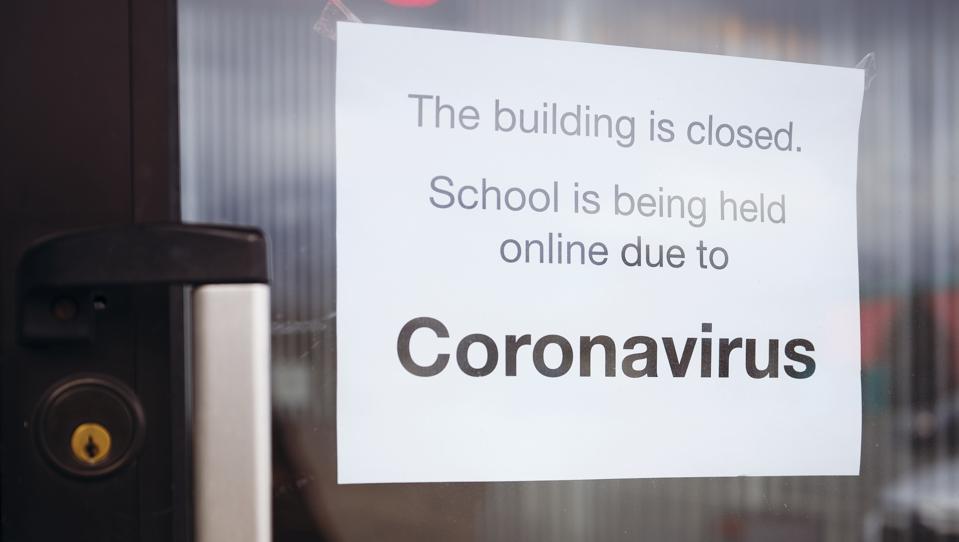

As the months go by, the changes to our lives wrought by the COVID-19 pandemic are proving more far-reaching than we initially thought when our governments imposed emergency measures, and they look set to continue for a long time.
In academia, where time is measured not in years or months, but by terms, semesters or trimesters, more and more institutions around the world are beginning to face the likelihood not just of finishing courses online — for which they were mostly unprepared when they started — but of having to begin the next academic year under similar conditions. At this point, 90% of students in developed countries are receiving classes online, with varying levels of excellence and satisfaction. However, as expected, things have changed significantly since March, when schools’ lack of experience could be used as an excuse; but by now, they should now have a strategy and serious plans to ensure a proper learning experience to prevent their pupils forming part of a lost generation.
Academic institutions will be obliged for a long time either to teach all their classes online, or at least to offer a valid and full alternative to all students who have to follow the classes from home. Whether due to lockdown or social distancing, which will force a reduction in classroom size, everything indicates that academic activity will still take a long time to return to normal, and may end up in a very different normal to before.
How should academic institutions deal with such a scenario? First, they need to be sure that online teaching tools are not going to be the problem. The last few weeks or months could or should have been used for testing, evaluating alternatives and making decisions, but after that period, students must be offered a reasonable plan, one which allows them not only to learn online under reasonable conditions, but also to deal with the confusing interim period. The last few weeks have allowed institutions to see that, under the current technological scenario, there are many very good tools for teaching online, and that are also generally very easy to use.
Obviously, those institutions with more experience in the online environment or that had already developed a digital transformation strategy have a clear advantage, as do those that can count on their students being on the right side of the digital divide, with access to computers and high-speed connections. But from there on, the issue has to revolve around a number of specific issues:
- Teaching the teachers: online teaching tools are relatively simple to use. However, not all teachers are motivated enough to make the effort to adapt their classes to the new environment, and in many cases they will claim difficulties in doing so. In many institutions and at certain levels of education, especially higher education, it is easy to find academics for whom teaching is not the highest priority. Getting them to understand the importance of committing to education and their students will undoubtedly be a challenge for many institutions.
- Infrastructure: teaching online is not something that can be done with a bad connection or a computer balanced on your knees. As well as bandwidth, new tools, from additional monitors to lighting fixtures, quality microphones, or even chroma key will be needed, while institutions will have to decide how much of the cost of that they will finance. My experience is that a face-to-face class is prepared, while an online class is produced, almost like a television show with an audience, and with very similar philosophies as to how to encourage participation.
- Conceptualizing the teaching model: teaching online is not simply reenacting a classroom session in front of a webcam. It requires rethinking teaching methods by understanding and taking advantage of the possibilities of certain tools, not becoming obsessed with the amount of information we provide, combining different methods to avoid boredom, inviting guests, and trying to share the burden and responsibility of learning with students. Nothing guarantees that a teacher who worked well in the classroom environment will be good when teaching online, and in that sense, creating spaces to share experiences and help develop skills will be essential.
- Long-term approach: most institutions and students have not yet realized this, but online teaching is no longer a poor substitute for the classroom and will result in tools and dynamics that will continue to be used when the pandemic is brought under control. In fact, knowledge transmission may be better in a medium such as the web that allows for richer interactions. Right now, a high percentage of students in business schools say that if their school starts the course in online mode, they will defer admission until next year. This would be a mistake. In fact, taking a portion of a course — especially if it is the first part — online can result in important skill development that many companies will appreciate in the future, and in an experience that generates even greater satisfaction than a classroom-based course. Those of us who have been offering courses in online or blended formats for many years are well aware of this.
- Flexibility: rethinking education to bring it online means acting with sufficient flexibility to reconceptualize all its elements. Class sizes will decrease, the length of sessions can be altered, assessment methodologies will evolve and interaction must be redesigned. This may be problematic for regulatory bodies, as well as for relations with students or their parents, who will see changes that will require convincing explanations, in an environment that has always been characterized by inertia.
Some analysts are predicting that this crisis could be a catastrophe for some higher education institutions, and in some cases, they will have to hook up with technology companies to rethink their teaching methodologies. Frankly, I don’t think either would be bad news: there are too many institutions in the marketplace that simply don’t meet the standards students require, and education has definitely a lot to learn from technology.
But knowing the market as I do after 30 years dedicated to management education, I believe that we will see an adjustment, whereby those who are able to evolve more quickly, who involve all stakeholders in the process, will tend to win. Education faces a serious challenge, but this is also an opportunity to get a lot of things right.
source: forbes
